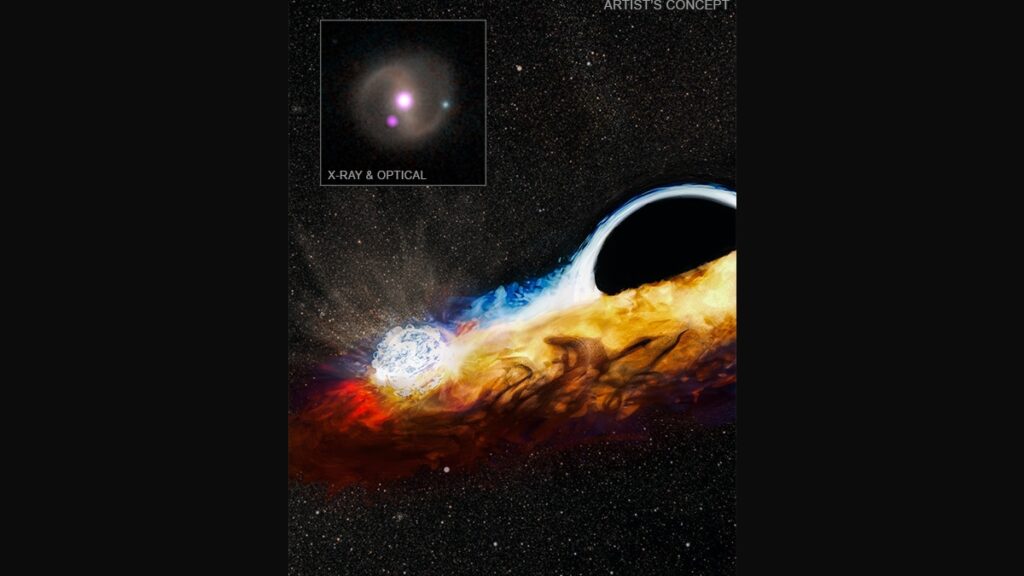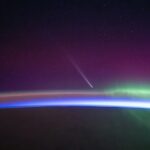A significant astronomical event has taken place that has revealed strong interactions between a massive black hole and its surrounding environment. Researchers from NASA and India’s ISRO used multiple space observatories, including Chandra, the Hubble Space Telescope (HST), the Neutron Star Interior Composition Explorer (NICER), the Swift Observatory and India’s AstroSat, to observe the consequences of a black hole destroying a star. . This study revealed key connections between previously unrelated cosmic phenomena.
Tidal disturbance events and their consequences
In 2019, astronomers discovered the destruction of a star that dared to approach a black hole, leading to what is known as a Tidal Disruption Event (TDE). The remnants of the star formed an expanding disk of debris, which eventually began to interact with another orbiting star or perhaps a smaller black hole. This interaction created regular X-ray bursts, which occur about every 48 hours when an orbiting star collides with a debris disk, the Indian Space Research Organization (ISRO) said in a press release. Matt Nicholl, an astrophysicist at Queen’s University Belfast, noted that this scenario resembles a diver entering a pool, creating a splash with each entry.
Linking TDEs and quasi-periodic eruptions
Previous studies have identified a variety of tidal disruption events, but the link between TDEs and a newly recognized category of cosmic phenomena called quasi-periodic eruptions (QPEs) has remained speculative. Co-author Dheeraj Pasham, affiliated with the Massachusetts Institute of Technology, noted the importance of this finding in linking these events.
Breakthroughs in observing with AstroSat
The TDE, designated AT2019qiz, was originally observed at Palomar Observatory’s Zwicky Transient Facility. Subsequent studies with NASA observatories revealed that the debris disk had grown significantly, allowing any object in a weekly period orbit to collide with it. The researchers, including Gulab Dewangan of the Inter-University Center for Astronomy and Astrophysics (IUCAA) in Pune, acknowledged AstroSat’s unique capabilities in contributing to this research.
Implications for future research
The findings indicate that researchers need to allow time for the debris disk to expand sufficiently before observing eruptions. This insight could aid in the search for additional QPEs associated with tidal disturbances, potentially improving our understanding of the environment surrounding supermassive black holes.
(Other than the headline, this story has not been edited by NDTV staff and is published from a press release)


